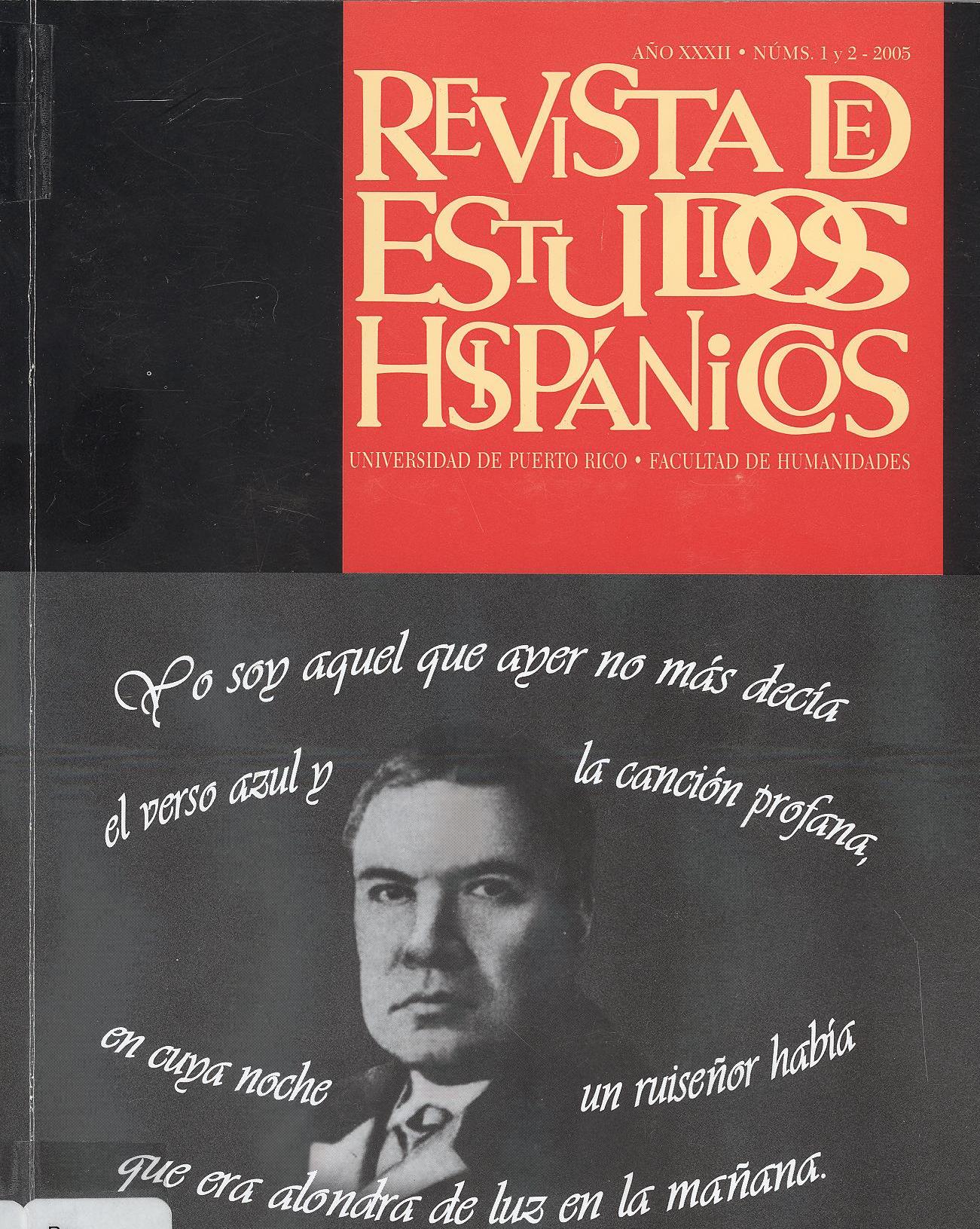Abstract
The present article is an analysis of the cultural origin of symbols, myths and allusions in the novel El árbol de los pañuelos of the Honduran author Julio Escoto. This work is an attempt to unite the maya-quiche and the Christian components of the Hispanic conquistadores, both present in the Central American culture. The plot is developed with non-lineal parallelisms, which make the novel one of chaotic atmosphere. Such parallel structure contains dreams, dialogues, stream of consciousness, and diverse segments, the ones that the reader should give meaning and sense. The using of parallelisms is of ancestral origin in the maya-quiche world. This is a typical atmosphere found in the Hispanic countries a bias where indigenous, black and Hispanic heritage are integrated. The narration offers such cultural tensions, originality and multiplicity of themes, reflexives of its socio-historic site.This work is licensed under a Creative Commons Attribution-NonCommercial 4.0 International License.
Downloads
Download data is not yet available.

